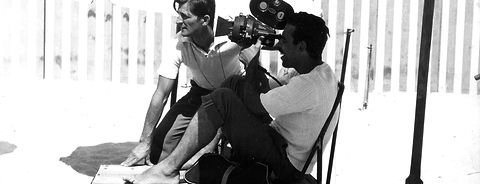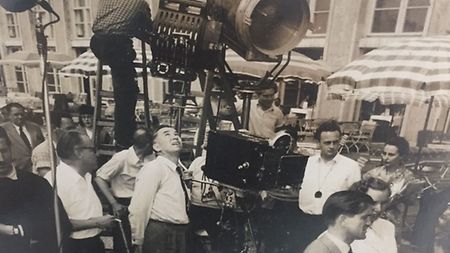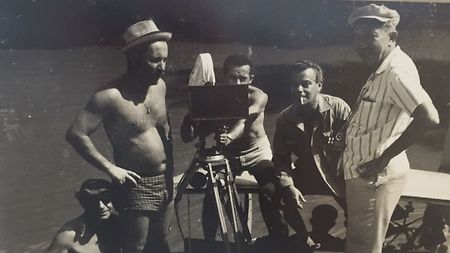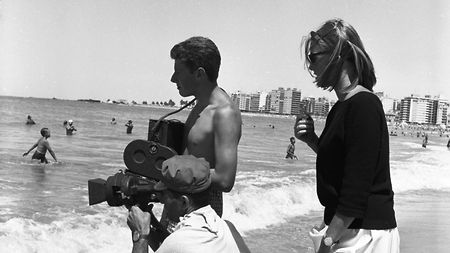During this 100th anniversary year at ARRI, we are learning more about the history of the company and its impact on the global film industry. Here at ARRI Latin America, we thought it would be fun to share a brief chronicle of this special region.
Argentina, Brazil and Mexico have had long and storied histories in cinema. During their heyday in the mid-1900s, these countries supported a burgeoning film industry producing hundreds of prominent works.
Before finding their own voice, European films inspired these Latin American filmmakers. The more commercial Hollywood features were traditionally kept out of the theaters. Moreover, there is still acceptance for the intervention of the state in maintaining the history and culture of a national cinema. Even democratically elected governments impose limits on the distribution of foreign films within their borders.
The evidence of ARRI gear popping up in the region goes back over 60 years. Local film crews often learned about the quality and robustness of the equipment while working outside their country. They brought back cameras and lighting fixtures when returning home. More importantly, filmmakers brought back the knowledge of moviemaking and the latest technology being used. We still see a similar dynamic today, with a 21st Century twist.
Back in the day, entrepreneurs would travel to Germany, buy second hand ARRI lights and bring them back to rent out. It did not matter that the gear was used, the market was ecstatic to have it. Good equipment was hard to come by in this remote territory.




